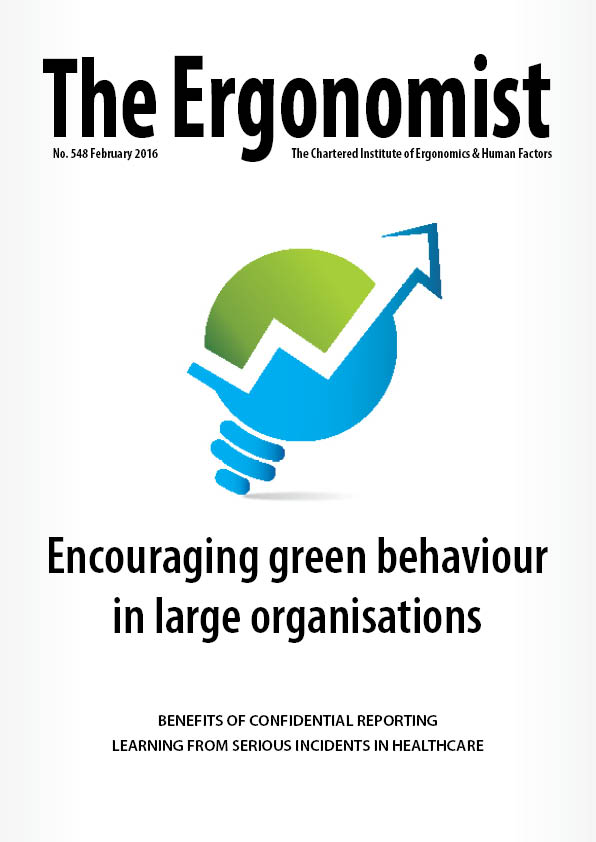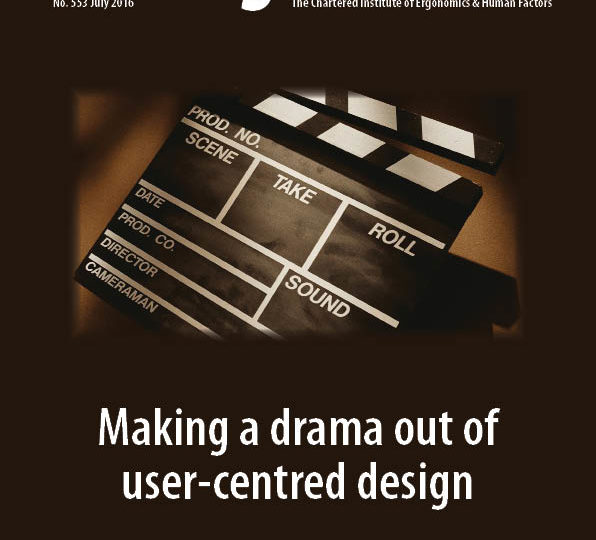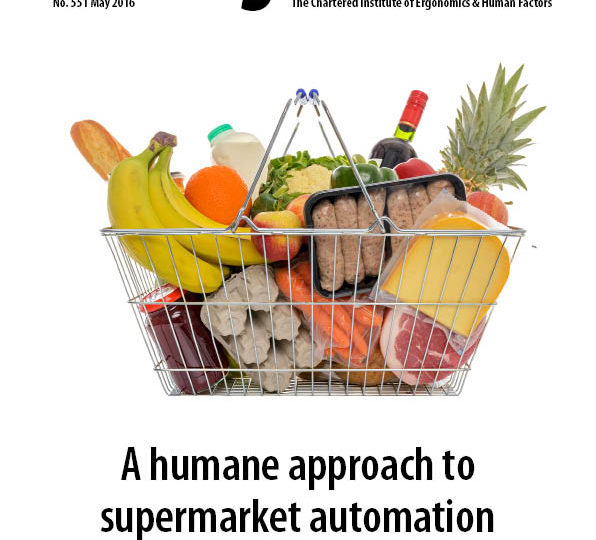
It may seem obvious that certain ways of behaving are better than others. It’s better to speak up about a safety risk than it is to keep quiet about it. It’s better to shut doors and turn off lights than it is to waste energy. It’s better to learn from mistakes than it is to move on and pretend they never happened.
However, when it comes down to it, people often don’t engage in the right behaviour. Workers may conceal risks for fear of being blamed or fired; doors may be left open and lights left on because there are other more pressing goals to be met; mistakes may not result in learning because the mistake occurs in such fraught circumstances that it’s impossible, in the heat of the moment, to know exactly what went wrong.
The articles in this issue look at ways to ensure an organisation supports and encourages employees to do the right thing.
Chris Langer discusses how confidential reporting can benefit an organisation by removing the barriers that prevent workers from reporting safety risks, such as fear of blame.
Sian Christina and colleagues describe the research and intervention they carried out with a major retailer to encourage energy saving behaviour in staff who had multiple and sometimes conflicting goals to meet.
And Tom Cairns and Joanne Carling describe how simulation allows healthcare staff to learn from incidents by giving them an opportunity to discover how they would behave in a given scenario, without any risk to the patient.
The Ergonomist is the membership magazine of the CIEHF and is free to members, just log in to ‘MyIEHF.’ You can also subscribe or buy single issues on our app, search ‘ergonomist’ in the app store.




